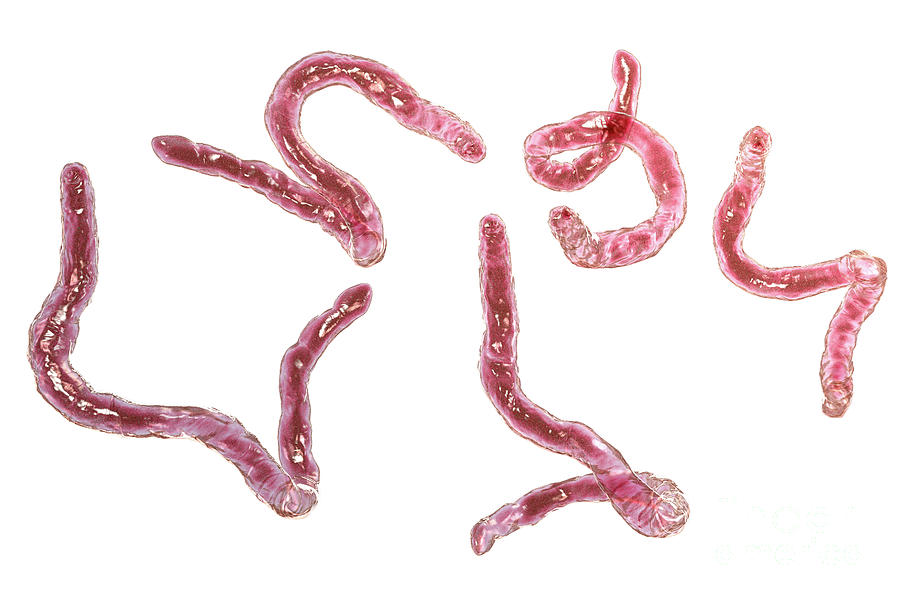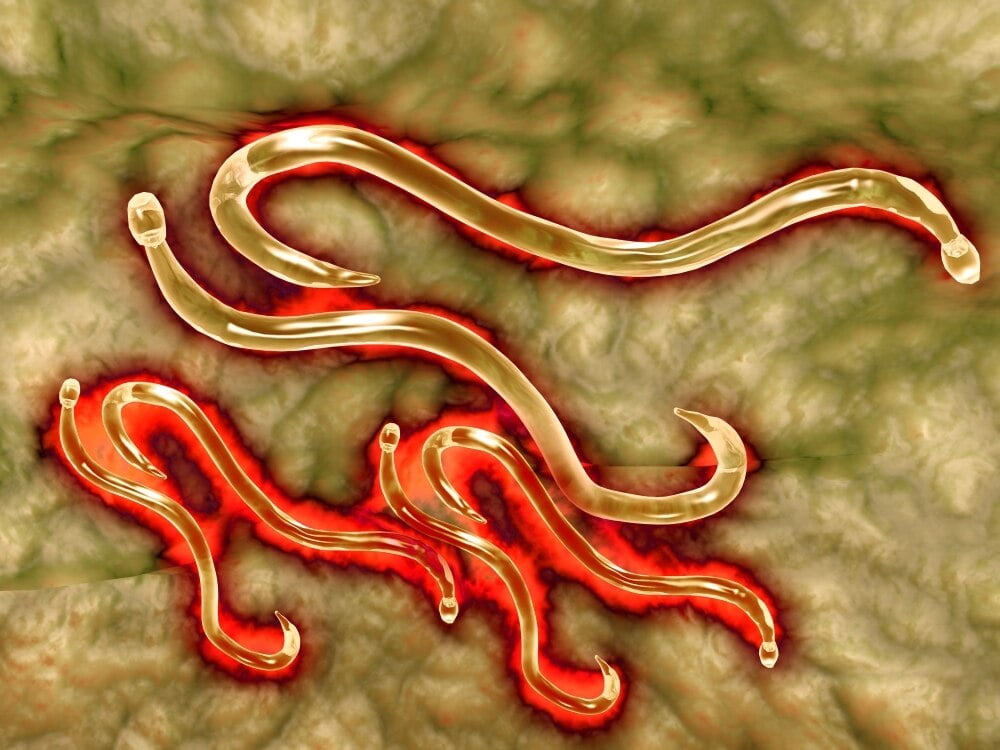

While most intestinal parasites get their nutrients from contents within the digestive system, these worms survive by sucking their host’s blood. These intestinal invaders get their name from the hook-like appearance of their mouth, allowing them to anchor themselves throughout the lining of a dog’s intestines. This is especially important for dogs who have been infected, as re-infection is possible.Hookworms in dogs, or Ancylostoma caninum, are an intestinal parasite that lives within the digestive tract of our canine friends. Prompt removal of feces from your yard will prevent hookworm eggs from hatching and dispersing larvae into the environment. Adult dogs should be placed on a monthly preventive product and monitored with regular fecal screenings once or twice per year. Puppies should be dewormed at 2, 4, 6 and 8 weeks of age to prevent hookworm infections transmitted via nursing. For a typical hookworm infection, pet owners can expect to spend between $50 and $100 on treatment. Severely affected dogs may also need additional care, including hospitalization and blood transfusions, which can quickly become costly. General Cost of Hookworm Treatment for Dogsĭewormers are generally inexpensive, but your dog may need two to three courses of medication to kill all of the parasites. This ensures that the entire life cycle of the parasite has been eradicated. However, because many of these medications do not kill the parasite larvae, your dog may need an additional treatment in two to four weeks to kill the larvae that will have matured into adult worms. These drugs kill the adult worms that are responsible for your dog’s hookworm infection. Hookworm infections are treated with dewormers. Fortunately, hookworm infections are easily treatable with the right medication. Hookworms feed on your dog’s blood, which can cause life-threatening anemia if left untreated. If your dog is diagnosed with hookworm, it is important to treat the infection quickly. A test for an antigen produced by both adult and immature hookworms can help identify hookworm infections. A sample of your dog’s feces will be evaluated to look for hookworm eggs, which indicates that your dog has mature hookworms living in his or her intestine.įecal antigen testing.

#Hook worms in dogs full#
Your veterinarian will perform a full head-to-tail physical examination of your dog to look for signs of hookworm infection, such as pale mucous membranes or changes in your dog’s coat.Ī fecal sample. To diagnose a hookworm infection, your veterinarian may recommend the following tests: If you suspect your dog may have a hookworm infection, it is important to see your veterinarian right away for proper diagnosis and treatment of this intestinal parasite. Signs of hookworm infection in dogs can include: Infections tend to be more severe in puppies than in adult dogs. Occasionally, pet owners may see live adult hookworms in their pet’s stool but many adult dogs with hookworm infections do not show any symptoms of disease. 11 Hookworm Symptoms in Dogs to Know AboutĪlthough infected dogs shed hookworm eggs in their feces, these eggs are microscopic and cannot be seen with the naked eye. To reduce your risk of contracting hookworms, practice good sanitation by cleaning up dog feces immediately and do not allow children to play in areas where pets defecate. Children are at the highest risk of infection. Your dog can’t give you hookworms directly, but you can get hookworms from contact with contaminated soil or feces from an infected dog. Puppies should be dewormed at 2, 4, 6 and 8 weeks of age to account for the high rate of hookworm infection that occurs after birth. Hookworm larvae accumulate in the mother’s mammary glands and are passed in the milk to the offspring during nursing. Puppies can become infected with hookworms while nursing. The larvae then make their way to the small intestine, where they attach to the intestinal lining and mature into adults. Hookworm larvae can also penetrate the skin, after which they travel to the lungs and the trachea where they are then coughed up and swallowed. Dogs can also ingest hookworms by eating other animals that are infected, particularly cockroaches. An infected dog sheds hookworm eggs into the environment through their feces, which means dogs can actually re-infect themselves with hookworm by contaminating their own environment. Hookworm larvae live in soil, which means dogs can ingest larvae from a contaminated environment. There are several ways dogs can become infected with hookworms.


 0 kommentar(er)
0 kommentar(er)
